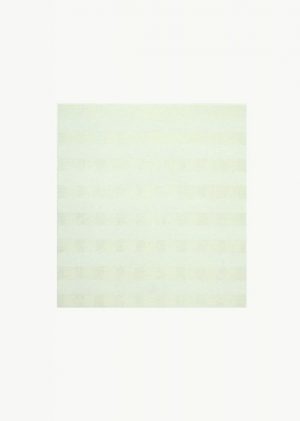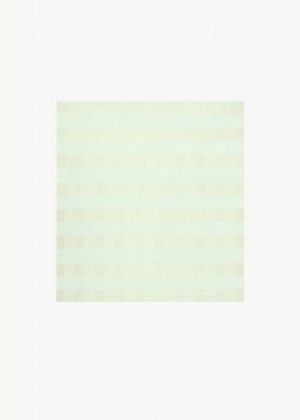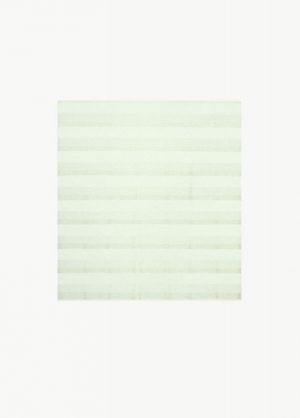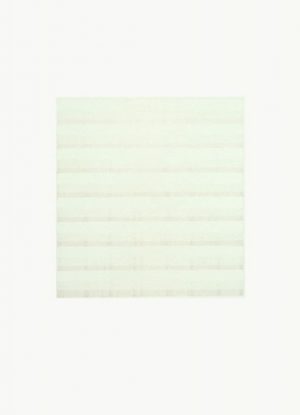Johnnie Winona Ross is inspired by the landscape of northern New Mexico, where he has lived and worked for the last twenty years. In 1999, following a long teaching career, he resigned his post as chair of the Art Department at The Maine College of Art in Portland, and moved to Taos. From his New Mexico studio he explores the vocabulary of minimalism and the complexity of rendering the experience of the high desert in pure abstraction. At first glance his paintings and works on paper appear to be largely absent of color, but looking more closely the layers upon layers of subtle earthen colors reveal themselves, knocked back by opaque washes of white. This interspersed layering of color, melding opacity and transparency, and building depth through repetition, are the integral elements of his work.
At Tamarind, Ross worked with a team of printers to explore the process of lithography. His method of building a composition through many layers is well suited to this form of printmaking, and his reductive grids were achieved through multiple colors and as many as 13 runs through the press. He selected a Barcham Green handmade paper, one that had been stored at Tamarind for more than thirty years, and exhibited slight discoloration along the edges. Rather than viewing this as a flaw, he embraced the imperfections as evidence of the paper’s age.




